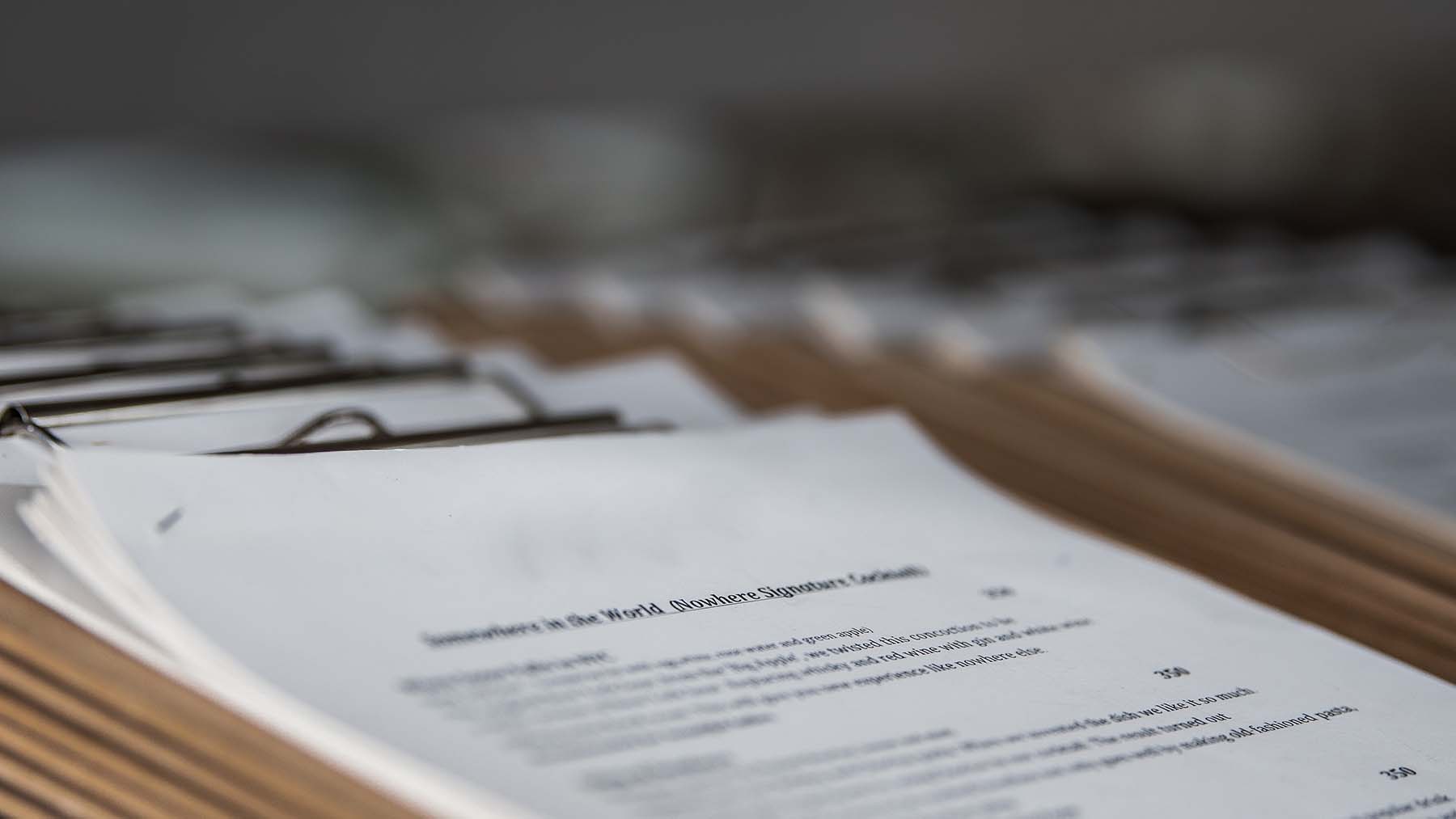On 19 September 2022, the Commission adopted a proposal for a new regulation on an emergency instrument for the Single Market. Following the Covid-19 pandemic and other crises in the last years, the Union has seen internal entry restrictions, unpredictable rules and supply disruptions which, according to the Commission, have highlighted that there are structural shortcomings in the EU legal framework on the Single Market. The proposed emergency instrument aims to preserve the free movement of goods, services and persons and to ensure the availability of essential goods and services in the event of future emergencies.
The emergency instrument includes the following measures:
- A new crisis governance architecture for the single Market: A new structure for monitoring and managing the Single Market is proposed, which encompasses three stages that correspond to different levels of risk – a contingency mode, a vigilance mode and an emergency mode. In the contingency mode, the Commission and Member States will set up a coordination and communication network to increase preparedness. If a threat towards the Single Market has been identified, the Commission can activate the vigilance mode. Finally, if there is a crisis with a wide-ranging impact on the Single Market, the Council can activate the emergency mode. An advisory group with representatives from the Member States and the Commission as chair is to be established. The advisory group would have the responsibility to e.g. assess a given situation and recommend the most suitable response measures and will play an essential role throughout the process.
- New actions to address threats to the Single Market: In vigilance mode, the Member States in cooperation with the Commission will monitor the supply chains of strategically important goods and services and build strategic reserves of such goods and services. If the emergency mode is activated, the free movement in the Single Market will be upheld through a ‘blacklist’ in the Regulation setting out prohibited restrictions. The Member States shall notify drafts of crisis related measures to the Commission. The Commission can further recommend Member States to ensure the availability of crisis-relevant goods by facilitating the expansion or repurposing of production lines or accelerating permitting, as well as recommend Member States to distribute the strategic reserves that have been built up under the vigilance mode.
- Last-resort measures in an emergency: Under extraordinary circumstances, and only if the Council has activated the emergency mode, the Commission may make use of last resort measures in order to manage the crisis. The Commission may issue targeted information requests to economic operators, which can be made binding. The Commission may further ask them to accept priority rated orders for crisis-relevant products, in response to which companies must either comply or explain their justification for refusing. If an economic operator fails to comply with an order it has accepted, the Commission may impose a fine not exceeding EUR 200 000 or 1% of the operator’s revenue from the previous financial year.
The emergency instrument is proposed to replace Regulation 2679/98 on the functioning of the internal market in relation to the free movement of goods among the Member States (the so called ‘Strawberry Regulation’). In addition, the Commission has proposed a regulation and a directive amending existing regulations and directives, inter alia, in order to ensure their alignment with the emergency instrument.
Criticism against the proposals
Several Member States have criticised the proposed emergency instrument. It has been argued that the Commission will be given competence to steer industries also outside of emergency situations, and that the measures concerning strategic reserves are too far-reaching.[1]
Furthermore, trade unions have criticised that the proposed regulation would repeal the Strawberry Regulation, which protects the right to strike. The right to strike is not explicitly mentioned in the regulation establishing the emergency instrument. Trade unions therefore fear that a strike may be considered a crisis that triggers measures under the emergency instrument, which would undermine the right to strike.[2]
Next steps
The proposals will now be discussed in the European Parliament and the Council. When they have adopted their respective positions, the negotiations between the Parliament, the Council and the Commission will commence within the so called trilogue. The proposals are expected to enter into force next year.
See the Commission’s press release here and the regulation proposal regarding the emergency instrument here.
[1] See the following article by Politico: https://www.politico.eu/article/eu-supply-chain-plan-criticize-overreaching/.
[2] See the following article by European Trade Union Confederation: https://www.etuc.org/en/pressrelease/right-strike-risk-new-eu-law
